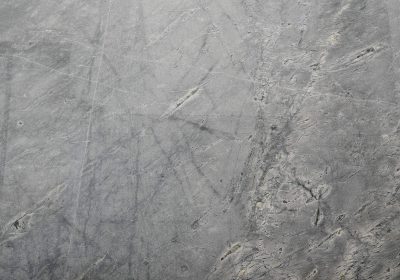Concrete Sanders – What You Need To Know
What Is a Concrete Sander?
While the term “sander” often conjures images of woodworking, concrete surfaces can also be sanded to remove minor imperfections or smooth rough edges. A concrete sander is usually a small handheld grinder or orbital sander fitted with silicon carbide or diamond sanding discs. These discs abrade the surface in a less aggressive manner than a grinder, making them suitable for finishing work. Concrete sanders are ideal for smaller tasks such as smoothing patch repairs, chamfering edges or preparing walls for painting.

Concrete polishing machine J1” by Jamain is licensed under CC BY‑SA 3.0 and can be found at https://commons.wikimedia.org/wiki/File:Concrete_polishing_machine_J1.JPG
Uses and Applications
- Finishing patch repairs: After filling holes or cracks with repair mortar, the patched area might be slightly higher than the surrounding slab. A sander with medium‑grit paper can smooth the repair flush with the adjacent concrete.
- Chamfering edges: Sharp edges of steps or decorative concrete can be rounded or chamfered to prevent chipping and reduce injury risk. Sanding helps you achieve a neat, consistent profile.
- Preparing walls for painting: Older retaining walls or block fences sometimes have textured or uneven surfaces that need a light sand before painting. A smaller sander is easier to handle than a large grinder, especially on vertical surfaces.
- Removing minor stains: Light scuffs or stains on concrete countertops or polished floors may be removed with fine sanding discs followed by resealing.
What to Look for When Hiring
- Type of sander: Orbital sanders produce a fine finish and are less likely to gouge concrete. However, they are slower at removing material. For more aggressive removal, a handheld angle grinder fitted with a sanding disc or a specialised concrete sander is better.
- Disc compatibility: Ensure you get the correct discs (usually 125–150 mm in diameter) with the right abrasive grade. For smoothing, 80‑ to 120‑grit discs are typical. For finishing, 220‑ to 400‑grit discs may be used.
- Dust extraction: Concrete sanding creates fine dust similar to grinding. Choose a sander with a dust collection port and hire a compatible vacuum if available.
- Weight and ergonomics: You may be sanding overhead or on a vertical surface, so a lightweight tool with comfortable grips reduces fatigue.
- Power source: Electric sanders are standard. Check that your power supply suits the tool. Battery‑powered sanders offer more mobility but may have shorter runtimes.
Tips for Using a Sander
• Safety first: Wear eye protection, a dust mask or respirator, and hearing protection. Gloves improve grip and reduce vibration.
• Secure the surface: If you’re sanding a small object such as a concrete paver or countertop, clamp it securely to prevent movement.
• Start with a test area: Begin in an inconspicuous corner to gauge the aggressiveness of your sanding disc. Adjust your pressure and technique accordingly.
• Keep the tool moving: Like sanding wood, you should maintain even motion to avoid creating dips or swirl marks. Do not press too hard; let the abrasive do the work.
• Clean as you go: Frequently wipe or vacuum the area to remove dust and inspect your progress. Accumulated dust can clog discs and reduce effectiveness.
Example Scenario
You’ve repaired a cracked step at your back door using a fast‑setting repair compound. Once cured, the patch protrudes slightly above the original concrete. Instead of chipping away at the hard material, you hire a handheld concrete sander for half a day. With 100‑grit discs, you carefully smooth the patch flush with the surrounding surface. After sanding, you wipe away dust, apply a sealer and the repair blends seamlessly with the rest of the step.


